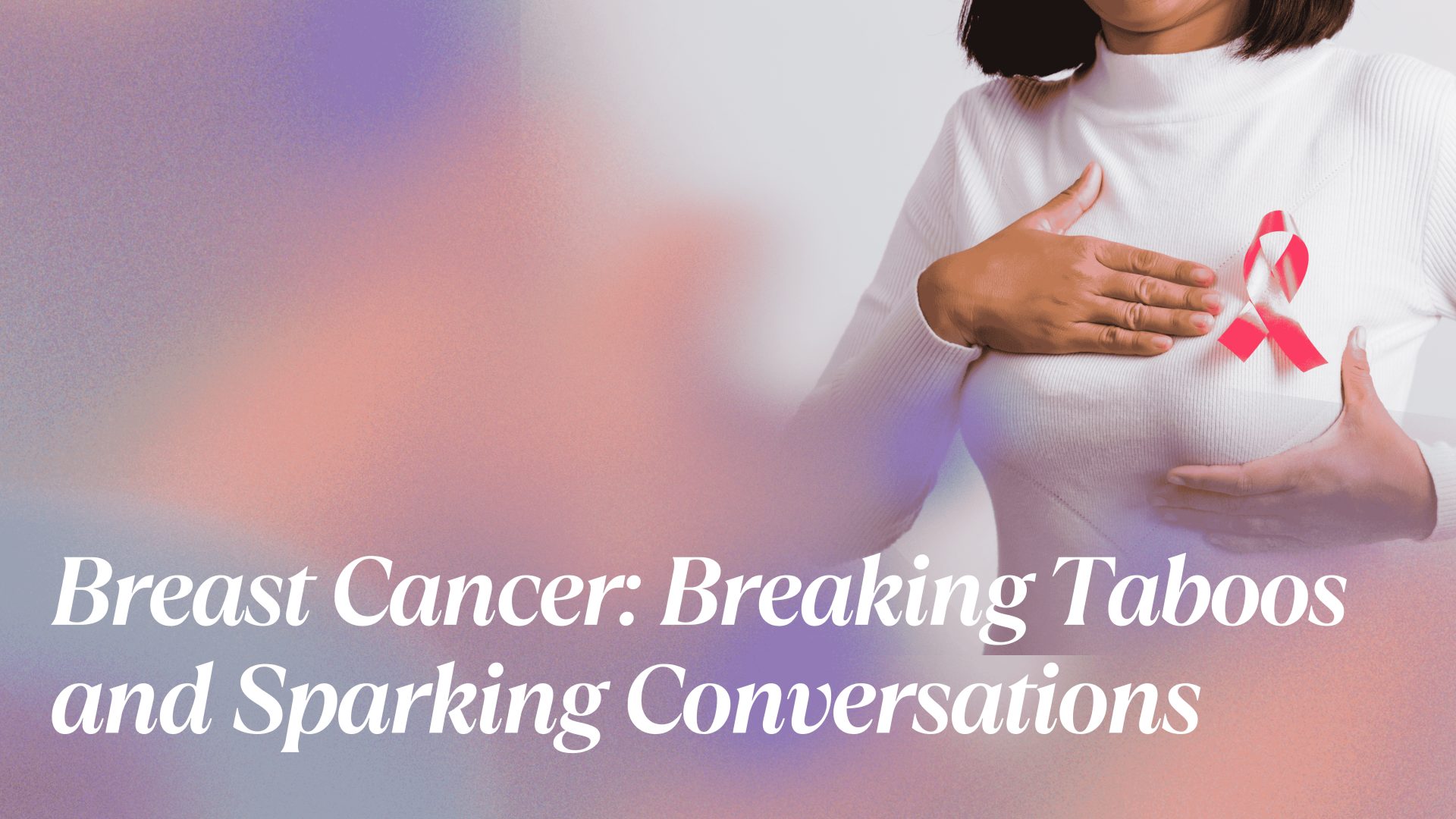Introduction
Cancer, a condition characterized by the abnormal growth of cells in the body, presents significant health challenges. Among cancers affecting women, breast cancer ranks as the most prevalent. While advancements in breast cancer treatment have led to a decline in breast cancer-related deaths over time, it remains the second leading cause of cancer-related deaths among women overall.
Breast cancer awareness is crucial as this disease affects millions of people worldwide, yet it often remains shrouded in silence and stigma due to a number of factors, such as misconceptions about the disease, embarrassment, or cultural sensitivities surrounding the breasts. Annually, around 240,000 cases of breast cancer are diagnosed in women. Sadly, about 42,000 women succumb to breast cancer among them each year, and 24% of all new breast cancer cases are diagnosed in people aged 75 and over, highlighting the urgent need for continued breast cancer research, awareness, and improved treatment options.
Common Taboos around Breast Cancer and How to Break Them
Cancer, characterized by abnormal cell growth, presents significant health challenges, especially for women. Among these, breast-related conditions are particularly prevalent. Despite advancements in treatment, one disease remains the second leading cause of death for women. Raising awareness is crucial, as millions are affected globally, yet stigma often keeps this illness in the shadows. Misconceptions, embarrassment, or cultural sensitivities contribute to this silence. Each year, approximately 240,000 women are diagnosed, and sadly, about 42,000 lose their lives. Additionally, 24% of new cases are in women aged 75 and over, highlighting the urgent need for continued research and improved treatment options.
The stigma surrounding cancer remains a significant issue in diverse communities, especially concerning women’s health. In the UK, screenings have been critical in preventing around 2,000 deaths annually. Unfortunately, there’s a worrying trend of declining participation in such programs. Ethnic minority women face multiple barriers, including language, cultural, and religious sensitivities, a lack of education, and unfamiliarity with medical practices. These obstacles stress the importance of targeted efforts to ensure equitable access to screenings and care for all women.
Steps to take for breast cancer awareness:
- Action and Outreach: It’s vital to address these health challenges as demographics shift. Underserved populations and hard-to-reach communities need targeted initiatives to ensure equitable care.
- Health Communication: Communication strategies should be adapted to raise awareness and improve participation in screening programs. This includes tailoring messages for diverse populations and cultural considerations.
- Tailored Treatments: Treatment options must reflect specific cultural or religious preferences to encourage participation and ensure inclusivity.
Steps to Improve breast cancer outcomes: Focus on early detection and empowerment
- Early Detection: Detecting cancer early increases the chances of successful treatment. Regular screenings are key to finding small, localized tumors before they spread.
- Education and Empowerment: Launching educational campaigns that break the taboos around the disease is essential. Multilingual materials, targeted at specific communities, can raise awareness and increase participation in early detection programs.
- Accessible Screening: Offering flexible screening options, mobile clinics, and transportation assistance can help underserved communities prioritize their health.
- Peer Support: Creating peer networks from diverse backgrounds fosters a supportive environment where individuals can share their experiences and discuss concerns. This encourages open dialogue and mutual support.
- Community Outreach: Collaborating with local leaders and influencers can drive home the importance of early detection and participation in screening initiatives. Events, campaigns, and educational programs help build trust and reduce barriers.
- Empowerment: Women should be empowered with educational resources to advocate for their health and confidently navigate the healthcare system.
By implementing these steps and fostering a supportive, culturally sensitive environment, we can break the taboos surrounding women’s health, ensuring equitable access to care for all.
Resources :
https://www.thelancet.com/journals/lanonc/article/PIIS1470-2045(17)30641-1/fulltext





 No products in the cart.
No products in the cart.